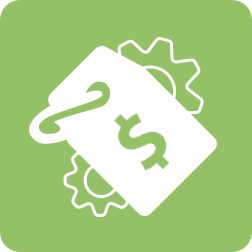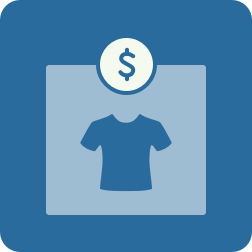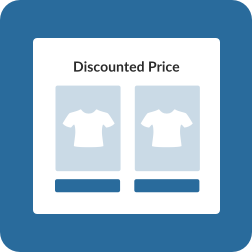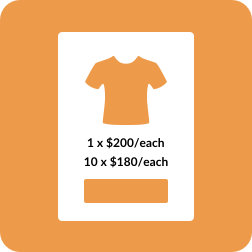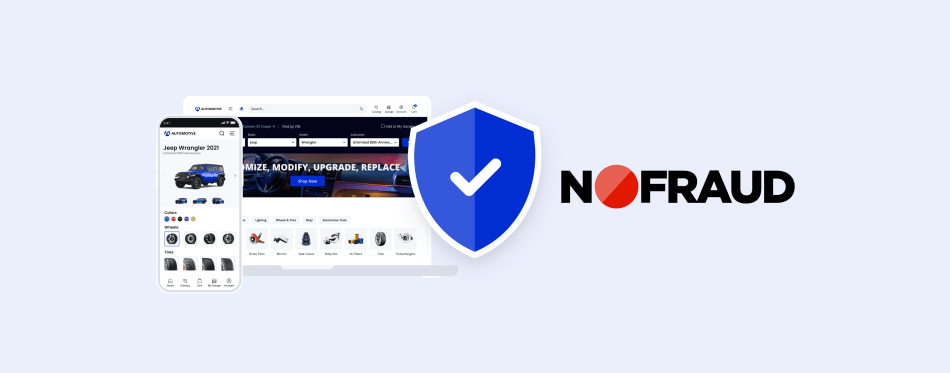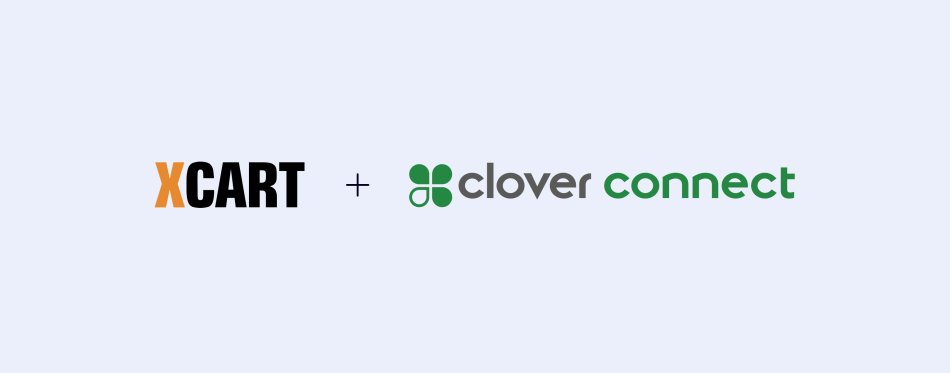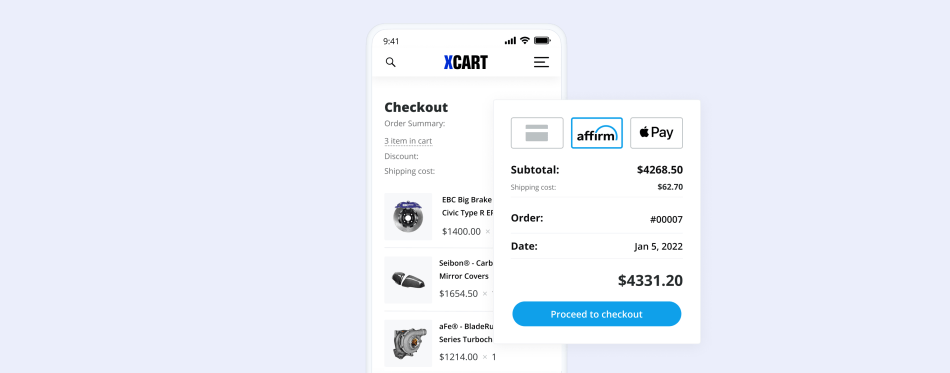How to Price Your Product [Step-By-Step Guide For Beginners]
This blog post was originally contributed by Basak Saricayir, a Content Marketing Specialist at Thread in Motion.
In a Google survey, 87% of shoppers said that getting a good deal is important when deciding where to buy from — proof that a good pricing strategy gives you an upper hand over the competition. Conversely, a poor strategy can be a stumbling block in your business’s growth.
Maybe you are already using pricing tactics, but don’t seem to be working. No matter how hard you try, you end up with little or no improvements in sales or profit margins.
Luckily, there is a solution. Having poor results is perfectly normal because these tactics won’t work without a systematic approach to pricing.
An effective pricing strategy requires:
- A solid data collection system
- Data-driven planning
- testing
These are tasks that call for at least some level of training and guidance. That’s where this step-by-step guide comes in handy. By following these four steps you’ll find out how to price your products the right way. It’s incredibly effective and super-easy to follow.
Before moving on, let’s clear up a common misconception about pricing.
There is no one-size-fits-all pricing strategy
It’s likely that you’ve come across many articles advocating one pricing strategy over another. Value-based pricing or cost-plus pricing? Dynamic or freemium pricing?
The fact is, there is no single strategy that works for every small business out there or one that you can use across your assortment. Why?
First, businesses have:
- Different fixed costs and product costs
- Different target profit margins
- Different strategic plans and business objectives
All of which relate to what you should expect from and plan to achieve with your pricing strategy.
Cost Price will automatically calculate the profit of your X-Cart store.
Price: $99
Product Cost will add costs to your products and variants to give you a better idea of your profit.
Price: $89
For instance, competitive prices drive a lot of traffic to a store, but selling luxury products to high-end customers requires an entirely different approach because cheap prices alienate luxury consumers.
Second, products differ from each other in several aspects:
- The number of competitors selling the product
- The number of substitute products
- Competitor prices
- Demand
These differences translate into distinctions in how you should price these products.
For example, you can sell the most in-demand products at a loss (below-cost) to capture the largest audience possible. Once shoppers come to buy the loss-leader item, they’ll add additional items to their cart.
You’ll cover the loss with the profit you made from these additional low-demand items — which you sell for more than what competitors charge.
In other words, pricing is a fusion of art and science, and you can utilize it for different purposes.
Now that you know a bit more about the misconceptions about pricing, let’s dive into our step-by-step guide on how to price a product. Best of all, you can reference this guide each time you’re setting prices until you have a stable pricing system covering your entire assortment.
Step 1: Identify Competitors
Let’s start with an easy but vital question: Who do you compete against? Who else sells the same product?
You can probably name 10 competitors off the top of your head, although you likely have many more. How do you identify all of them?
Start with a simple Google search
It’s as easy as it sounds. A quick Google search will yield great results.

Since the competition is online, there is no hiding from your rivals, and they can’t hide from you, either.
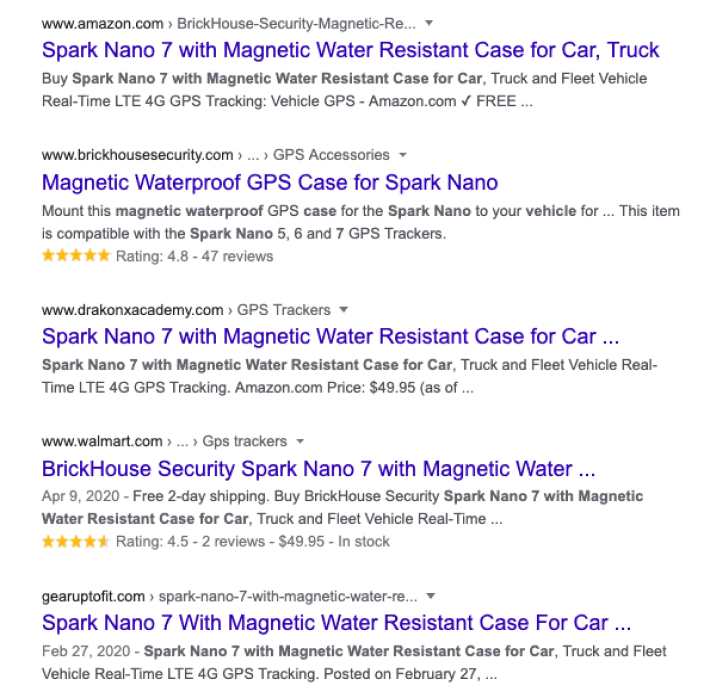
If you’re on a tight budget, you can use Google’s free services for various purposes. For example, in the early stage of coming up with product ideas, use Google Trends to measure the products’ search volumes. A high search volume means the product is in high demand, and vice versa.
Once you start selling, use Google Analytics to measure your advertising ROI and analyze your traffic sources.
Use a keyword search tool
Keyword research tools will help you determine who else is using and buying the keywords you’re using. These tools are designed to help you build an SEO strategy, but that’s a conversation for another time.
You have a lot of options with SEO tools. Compare the pros and cons of the best SEO tools and pick one that fits your needs.
Step 2: Track Competitor Prices
Over the past ten years, competitor price tracking has become the industry standard because:
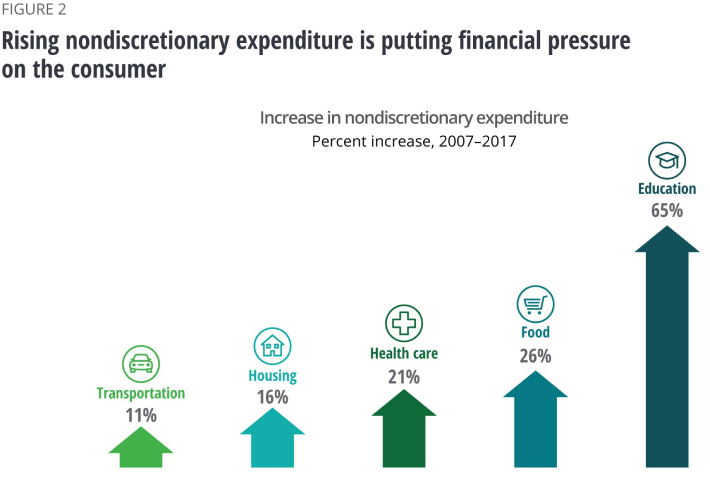
- Modern shoppers are price-sensitive. They are price-conscious simply because they have little discretionary income. Business owners have to compete on price to entice these shoppers.
- Prices are transparent. Shoppers easily compare prices using comparison shopping engines (like Google Shopping).
- Price changes increased in frequency. With Amazon setting dynamic prices to always have the cheapest deals, online retailers realized that the price competition is inevitable.
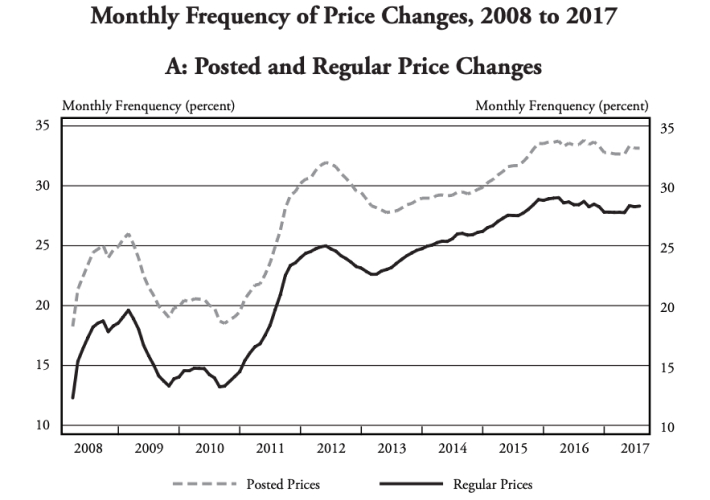
In other words, knowing competitor prices is vital for an online retailer’s survival. It’s the only way to make sure you’re offering competitive prices.
Learn how to track competitor prices
You have three commonly used methods of price tracking:
Manual tracking
It takes 12.5 hours to collect 20 product prices from 50 websites. It’s incredibly time and money-consuming. But that’s not even the worst part.
By the time you finish, the data points will change and your data will be outdated.
In-house pricing engine
You can build an engine that automatically tracks competitor prices. On the bright side, you can customize your engine according to your needs, but keep in mind that it requires technical expertise and regular maintenance.
Price tracking software
Using price tracking software doesn’t require technical knowledge or maintenance. Also, it’s far more affordable than the first two options, but you can only customize the software to a limited extent.
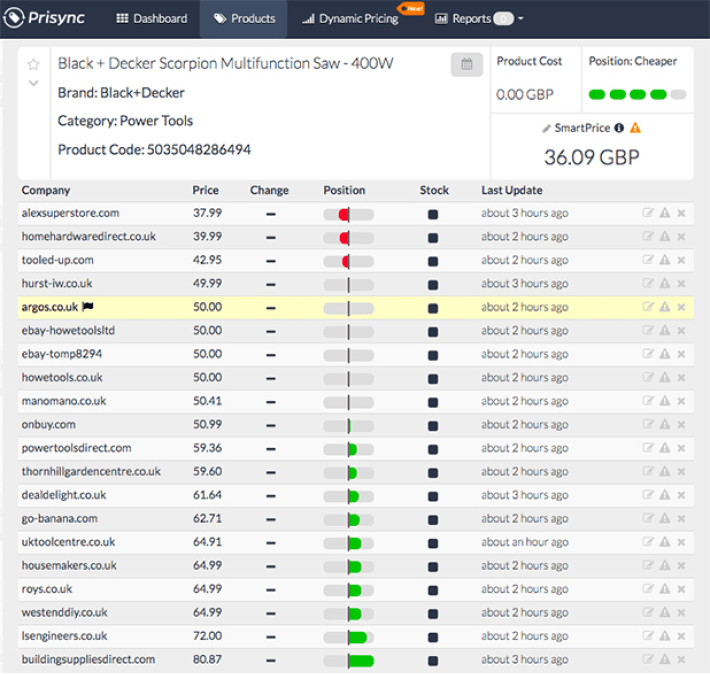
No matter which one you choose, these three distinct methods of collecting competitor prices can save you time while providing valuable insight.
Step 3: Build a Strategy
Consumers’ perception of a price is more important than the price itself. Before diving deep into pricing strategies, let’s figure out how consumers perceive price.
Price has two reciprocal roles in our minds
The negative one comes as a perceived sacrifice: the amount of money we have to sacrifice for a product or service. On the brighter side, it’s a reflection of quality.
The ultimate duty of a marketer is to make sure the perception is balanced on the positive side. If it is, it’s more likely that they’ll purchase the product.
Learn how to pick a strategy
You can either emphasize the superior quality/features of the product or sell it at a good price.
Use your findings from the previous steps. Which scenario below matches your findings?
Scenario 1: The product is sold on a billion websites
Think of a pair of Nikes. You can’t possibly alter people’s perception of their quality.
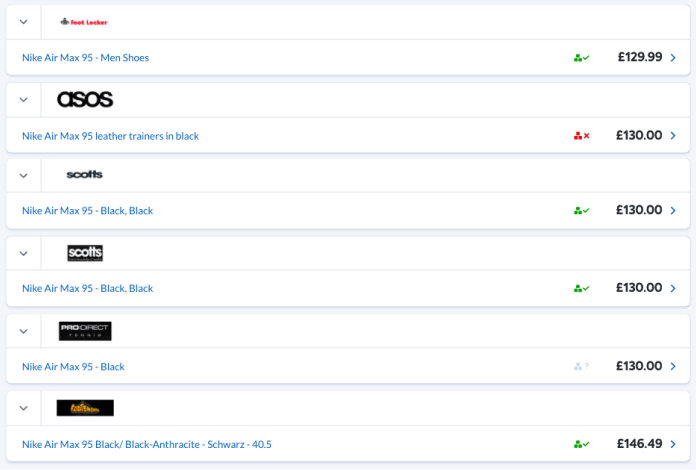
Below-average or average prices is your go-to strategy. Believe it or not, a $16 difference can cost you a lot of sales.
Scenario 2: It’s a niche product sold on a few other stores
Work on knowing your customers better. Learn their pain points and improve their shopping experience. Average or slightly below-average prices are your safe zone.
Market Price shows the difference between the price offered in your store and the average price of the same product on the market.
Price: Free
Price Match Request allows your customers to request a lower price based on your competitors’ prices.
Price: $65
With Products MAP Pricing you’ll be able to display MAP pricing while at the same time sell the product at a lower price.
Price: $55
Scenario 3: It’s a new technology product (can’t be found elsewhere)
Early adopters of new products are willing to pay a lot. Start selling at a higher price and lower it gradually.
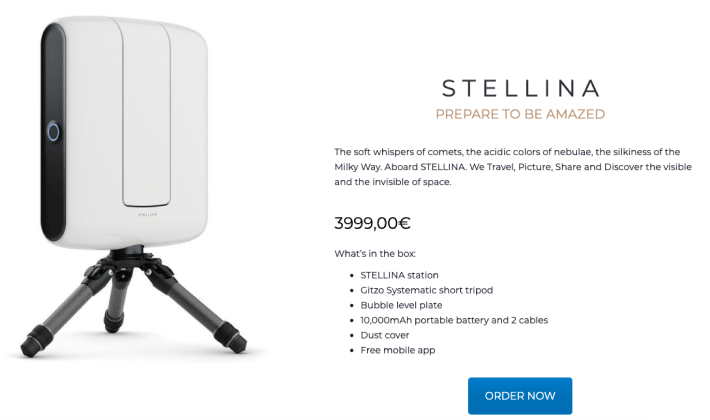
This is Apple’s iPhone strategy. It’s a fairly effective way to target different segments at different price levels.
Scenario 4: It’s a luxury product
Regardless of the number of competitors, don’t sell a luxury product too far below its market average. Luxury consumers seek exclusivity, not cheap prices. However, if you price your product too high, you’ll still lose customers.
Some merchants consider hiding prices as the best strategy for selling luxury products.
With the Request a Price & Hide prices addon for X-Cart, you’ll be able to hide your prices and “Add to cart” button for particular products and show a customized message instead.
Price: $69
Note: Before changing your pricing strategy, make sure it aligns perfectly with your business objectives.
Step 4: Test
If someone asked “What’s the most common pricing mistake?” Without hesitation, the answer would be sticking with the same price for too long.
Test different price points regularly for two reasons:
- Sticky prices damage your competitive strength. This is what I mean:
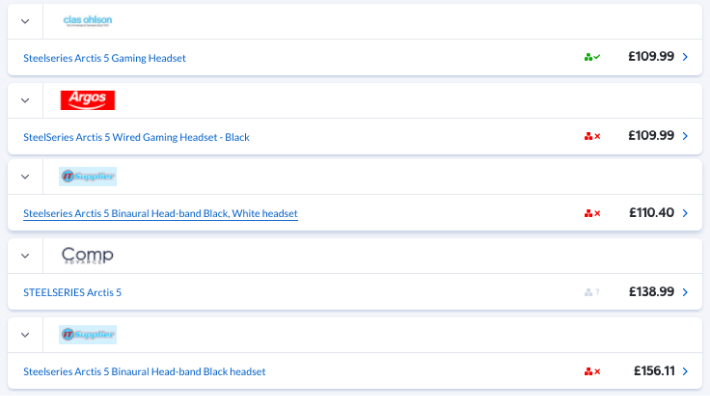
What we see here is a missed opportunity. When others are out of stock, raise the price to improve profit margins. When the item is in stock again, lower it.
You can also try setting a countdown to create a sense of urgency:
Price Countdown shows the number of days/hours/minutes left till the end of the offer.
Price: $85
In other words, there is always room for improvement in profit margins. Don’t stick with the same price when market conditions change.
- Different levels of demand at various price points
This is a hypothetical demand curve.
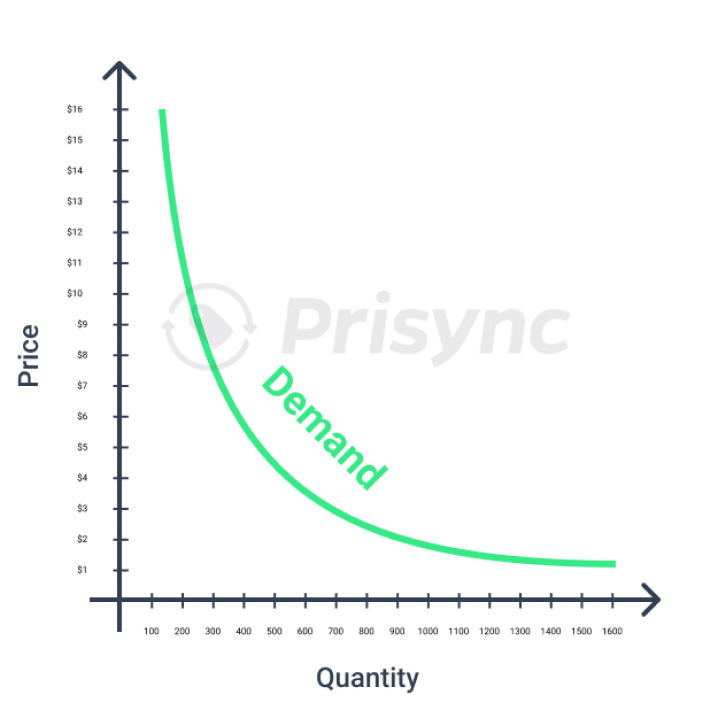
There are countless price points on this curve, and each generates different levels of demand.
A $5 increase in price can boost demand. You can always sell more or at higher profit margins. That’s why you must continue testing.
Or you can try selling your products or services in bundles, at a lower price tag, for example.
The Bundle Products addon is another clever way to level up your revenue by selling items as a single package at a bargain.
Price: $99
Or instead of selling only a few items, you can try selling products wholesale.
Wholesale addon for X-Cart allows for selling products in bulk.
Price: Free
Wholesale pricing for variants is also supported if you activate the Product Variants feature.
Price: Free
Learn how to test price points
Use dynamic pricing software to automatically adjust prices against competitor prices via smart rules:

So even when you’re sleeping, the software collects competitor prices and reacts to changes immediately. No one will catch you by surprise again.
Also, try different smart rules and measure how the changes affect demand. As I said, there is always room for growth.
A Smart Pricing Strategy Equals Results
Profitable pricing requires a solid strategy. Given the crazy number of competitors and the competitive nature of the e-commerce market, you can’t succeed without a data-driven pricing strategy.
In this article, you’ve learned:
- How to identify the competition
- How to track competitor prices
- How to pick a pricing model
- How to test price points
Hopefully, this comprehensive guide to eCommerce pricing clears up all of your questions.
Follow the steps through the end and tell us what has changed!
About the author



